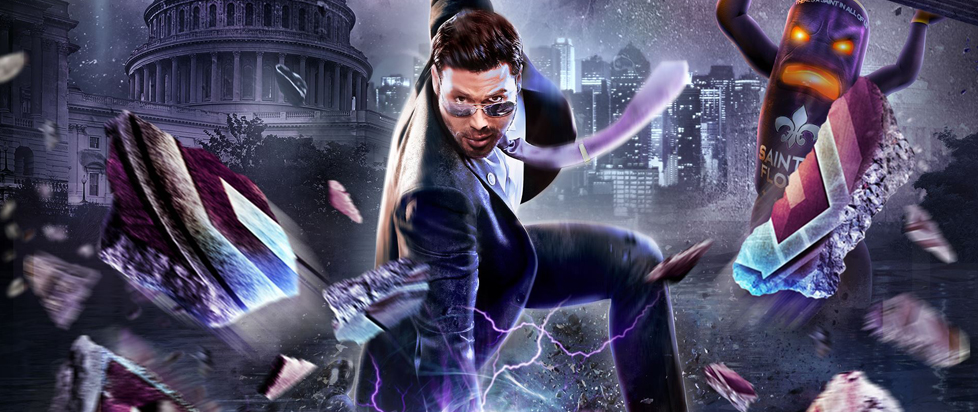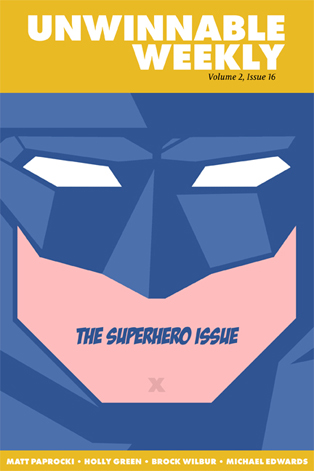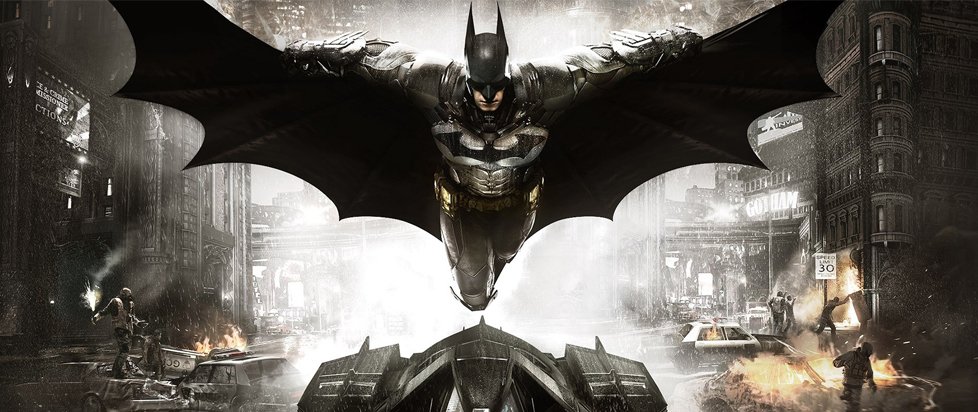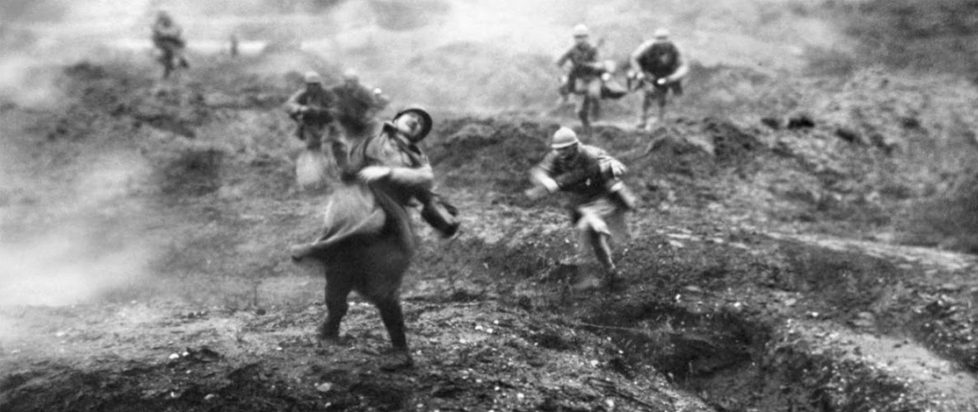
Super-Gat
Superheroes: cultural figures so compelling and significant, their scope only expands with each generation as new artistic mediums arise. The past thirty years of videogame history have seen several waves of superhero games, from 1982’s Spider-Man on Atari to the more recent Batman titles dominating videogame sales charts with every release. As the limitations of technology diminish, the full realization of the superhero fantasy emerges.
Perhaps the best game among them is one that isn’t even considered a superhero title: Saints Row IV. An absurdist culmination of the series seen to its logical conclusion, the game apes and cherry-picks from some of the best entertainment milestones of the 90’s and 00’s, bringing them together into an escapist fantasy that embraces, perhaps even celebrates, American cultural extremes. Given the growing extremity of the series, it makes sense that one day they’d arrive on the doorstep of the comics industry.
The definition of what makes a superhero will vary from person to person but on a few points most folks can agree. Superheroes are the good guys and they do not hurt innocent people. Superheroes have powers that normal people do not have. Superheroes have badass costumes. On those points, Saint’s Row IV far surpasses the competition, emerging as the best execution of what we understand a superhero to be.
The Moral Code
Superhero fantasies are not about limitations. Thus, an open world sandbox game is perhaps one of the best possible settings for them, as neither medium tolerates an adherence to the rules of the universe, especially the laws of physics. However, a problem with open world games is the precedent set by perhaps the most famous sandbox series of all time, Grand Theft Auto. Its legacy has impressed upon our generation the expectation of mischievousness with every open world game. The assumption is that the point of having so much freedom is to wreak havoc. From the get go, this contradicts everything a superhero is supposed to be. A true superhero recognizes their power and harnesses it for good, freely surrendering their superiority. They embrace the nobility of being good while knowing they could be very, very bad, and get away with it. They are the very example of willpower and restraint.
 How then does one reconcile the collateral damage of the open world sandbox shenanigans with the moral code of superheroes? Enter the Simulation, Volition’s solution to ludonarrative dissonance. Modeled after the titular Matrix from the 90’s film starring Keanu Reeves, the Simulation is a computer program where the evil Zinyak, an alien overlord hellbent on enslaving Earth, has trapped the Saints Row crew. To free themselves and save the world, The Boss and his friends are tasked with pushing the simulation’s limits as a means to “break” the program, not unlike a gang of digital QA testers.
How then does one reconcile the collateral damage of the open world sandbox shenanigans with the moral code of superheroes? Enter the Simulation, Volition’s solution to ludonarrative dissonance. Modeled after the titular Matrix from the 90’s film starring Keanu Reeves, the Simulation is a computer program where the evil Zinyak, an alien overlord hellbent on enslaving Earth, has trapped the Saints Row crew. To free themselves and save the world, The Boss and his friends are tasked with pushing the simulation’s limits as a means to “break” the program, not unlike a gang of digital QA testers.
Placing the game within the context of a computer simulation not only gave a plausible explanation for the powers the characters gained, but also allowed the player freedom to dispose of bystanders while remaining within the boundaries of the superhero moral code. The NPCs were a set of virtual avatars masquerading as human beings, pawns of the invading aliens used to keep order within the Simulation. Instead of killing for the greater good, the player is disrupting the peace within a fictional context for the greater good, an important moral distinction.
You’ve been reading an excerpt from Unwinnable Monthly Issue 68.
To read the article in its entirety, please purchase the issue from the shop or sign up for a subscription to Unwinnable Monthly!





